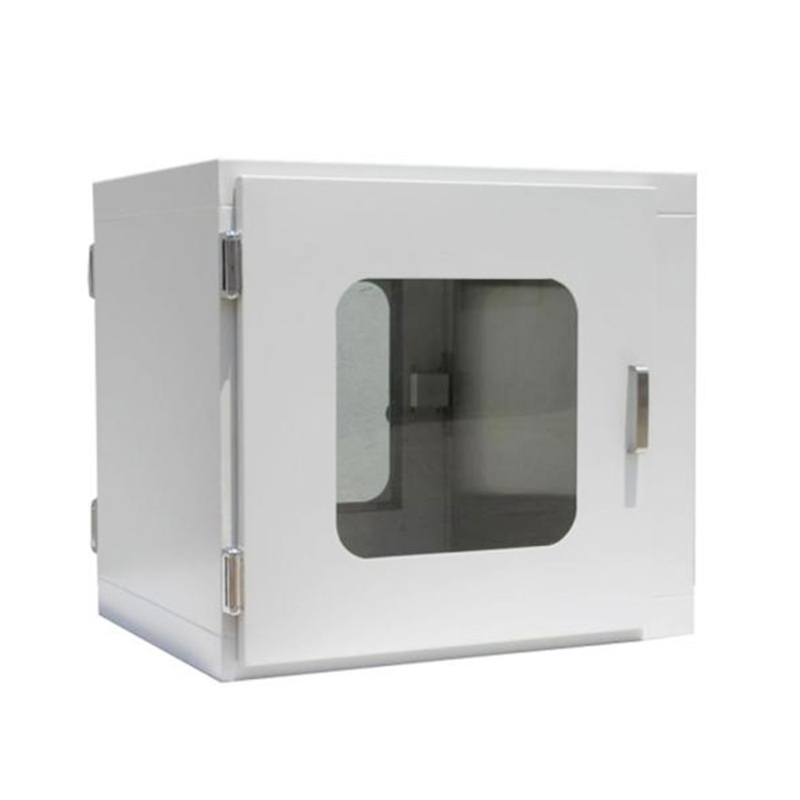

Pass Through Box – Often simply known as a “pass throug […]
Pass Through Box – Often simply known as a “pass through” or “airlock”, this type of cleanroom equipment is an effective way to reduce contamination when transferring materials between different sections of a facility. This is especially true for environments that require special cleaning, disinfection or sterilisation methods like UV illumination and surface decontamination via VHP (Vaporous Hydrogen Peroxide).
Typically a large, enclosed room, pass through boxes feature doors at both ends to facilitate the transfer of materials. They are usually designed to accommodate carts or larger items, but some have small openings for hand transfers of smaller items, like pens and clipboards. Some models also provide a support stand to mount the box to the floor for easy access by employees.

There are a few basic types of pass through boxes that vary in their capability to prevent contamination between two spaces. The direction of travel through the space is an important consideration, as materials entering from a less-clean space pose more contamination risk to the more-clean area than those leaving it. Other considerations include the presence of contaminating surfaces inside the box, the amount of time the materials spend inside the pass through, and whether or not there is any automated sanitizing.
The most common type of pass through box is passively ventilated. This configuration uses the pressure differential between rooms and room airflow to create a bubble or sink to diffuse contaminants drawn into the pass through during door opening. Some versions have filtered leak paths to further minimize the amount of airborne contamination that can exit the boxes during operation.
Pass through boxes with sanitizing capabilities are usually configured to automatically spray chemical sanitizers, vapors or gases inside the box. Alternatively, some systems employ ionizing radiation to sterilize items. Depending on the application, other options for pass through box technology may include interlocks that prevent doors from being opened until a set period of time has passed, ensuring compliance with SOP(s) governing sanitizing agent exposure.
Our new models offer superb design;competitive prices and their new features give them distinct advantages over similar products from other manufacturers.